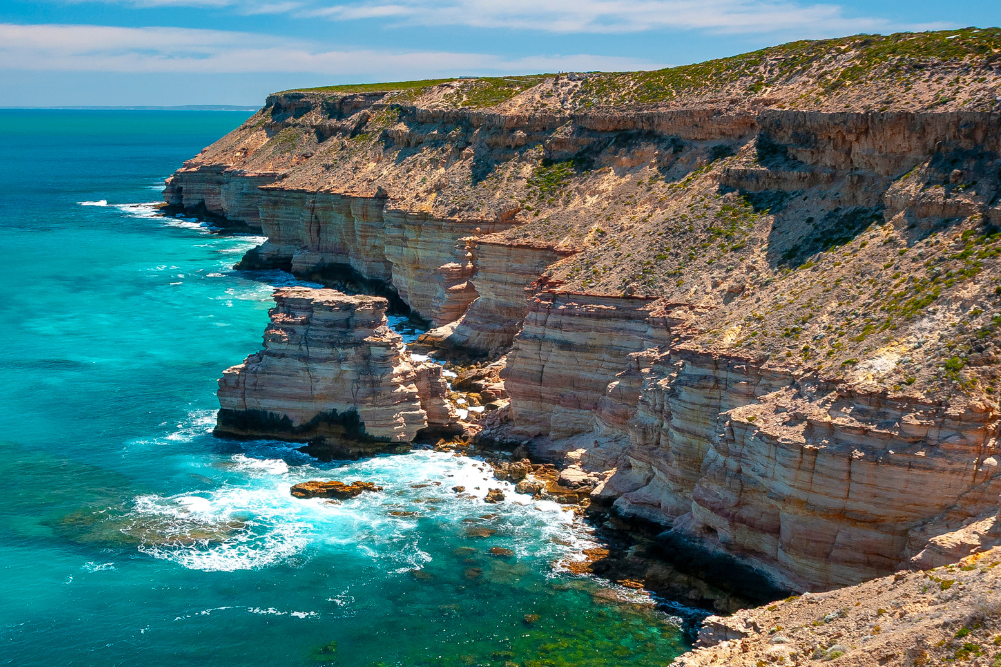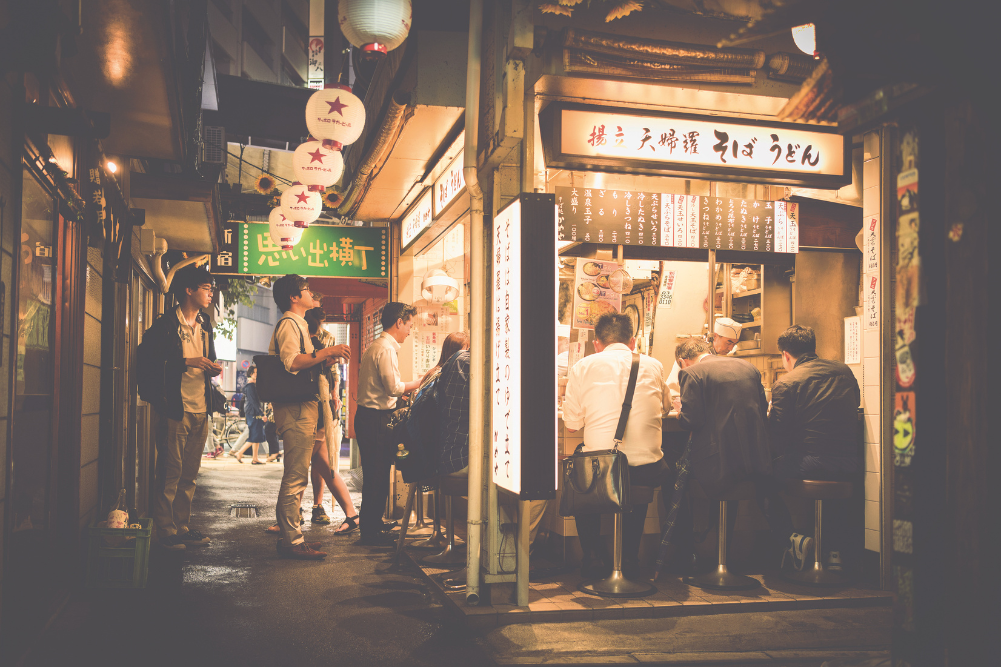Far, far away on Lizard Island
It’s not at all difficult to fall in love with Lizard Island’s coral-fringed curls of sand and the cornflower-blue bays that beckon snorkellers under the sea. Travel writers and reef lovers besotted with this tropical isle call it idyllic and wild, and while Australia’s Great Barrier Reef is littered with such beauties (some far more verdant and with coral reefs in much better shape), the allure of Lizard Island lies in its being so very far away.
Reaching its national park-protected shores is an adventure in itself, ensuring very few people converge on Lizard’s 24 shimmering white sand beaches at any one time. Those who do make the journey — by plane, charter boat or private yacht — amount to an incongruous bunch of castaways: five-star resort guests, adventurous grotty yachties and fly-in campers who arrive with tents and snorkelling gear, and pay in pocket change for their rustic beachfront views. All come seeking seclusion under the sea and Lizard Island never fails to disappoint.
Lieutenant James Cook named the island for its resident yellow-spotted monitor lizards and it’s here where naturalist Sir David Attenborough began his 60-year-long love affair with the Great Barrier Reef, which he calls “the most magical place on Earth”. On its northern tip, Lizard Island’s step-off-the-sand reefs are studded with luminous giant clams, blooming coral bommies and a kaleidoscopic cavalcade of lime and tangerine-coloured fish.
Sadly, the last eight years have pushed Lizard Island’s pristine wilderness to the brink. In 2014 and again in 2015, category 4 cyclones Ita and Nathan pummelled the island, all but flattening its only resort. A year later, the first of four catastrophic coral bleaching events triggered by globally rising sea temperatures left Lizard Island’s fringing reefs in precarious shape.
In July this year, the findings of long-running research on the island revealed that 16 per cent of Lizard’s coral species have disappeared since 2011. Zoe Richards, senior research fellow at Curtin University, predicts extinctions will likely continue as global temperatures rise. Ironically, the same cyclones that batter Lizard Island every summer bring a silver lining, cooling the sea and helping stressed coral reefs survive each long hot summer.
It’s hard not to see these bleached underwater landscapes as the canary in the coal mine, but Lizard Island has not yet reached its tipping point, and the more visitors it bewitches, the more hope there is for its reefs.
Fortunately for those who make the trip, snorkelling and diving adventures off Lizard Island remain phenomenally vibrant with busy biodiversity: black-tipped reef sharks and green sea turtles, octopus, huge humphead wrasse and bright spotted lagoon rays. The world-famous Cod Hole on the Ribbon Reefs lies just a quick boat ride away, and Lizard Island’s Blue Lagoon harbours truly remarkable, shallow-water snorkelling sites that throng with fish.
Walking trails pull adventurers out of the sea to stand on the summit of Cook’s Look at sunrise, to discover Indigenous and pioneer-era heritage sites, and to rappel down sheer granite cliffs and gather up nautilus shells on the fantastic, faraway Coconut Beach.
As tropical isles go, Lizard Island has considerable wow factor. Attenborough and I are in agreement when he calls Lizard Island one of his favourite places to be. I once sailed there for a two-week stay and three months later I was still under the sea, anchored in uber-clear Watsons Bay and living off fresh fish, a micro-garden and home-brewed beers.
No matter how many times I visit, there’s always something new to experience, like this year’s impromptu yoga sessions on the casuarina-fringed edge of Watsons Bay (Mary Watsons Bay to be precise). Joining a laidback band of early risers, our mats, blankets and beach towels rolled out on the sand, we stretched and smiled and saluted the sun in one of the most amazing spots on the planet. Afterwards everyone drifted back home, paddling stand-up paddleboards and sea kayaks to their private yachts, or strolling along the sand to their temporary digs in one of Australia’s most spectacularly located fly-in campgrounds.
Shoestring stays
Lizard Island levels the playing field for self-sufficient travellers with more spunk than savings. Its beachfront national park campground presents the ideal opportunity to play Robinson Crusoe in primitive campsites that cost just $6.85 a night.
Sandy sleeping bags are de rigueur, but the views, snorkelling, enviable sunsets and adventurous exploring all make this one of the cheapest island flings you can enjoy in Australia. The low price tag also means there’s plenty left to spend on sunset drinks on the frangipani-scented lawns of the resort’s “all-welcome” Marlin Bar.
Right off the camp lies Lizard Island’s famously colourful Clam Garden, and you can fin out from the beach to eyeball the harmless reef sharks that cruise beneath Watsons Bay’s colourful north wall. The campground provides just the basics: picnic tables, a free gas barbecue and composting toilet, and there’s drinkable bore water a short walk away. Most campers arrive armed with their own creature comforts: hammocks and shade cloths, eskies full of cold drinks, snorkelling gear and inflatable SUPs.
These extra toys facilitate excellent half-day paddles north to Mermaid Cove (where the honeymooners hang out) or south to the Blue Lagoon — the island-studded sanctuary made famous by 2008’s blockbuster Fool’s Gold. Filmed on location, the movie’s star Kate Hudson named Lizard Island “the most romantic place on Earth”; the Blue Lagoon’s tricoloured turquoise, gold and viridescent, palm-fringed vistas are what she’s referring to.
The lagoon is scenically nestled between four extraordinary granite islands with equally idyllic beaches: Osprey, Palfrey, South and the Seabird Islets.
A beautiful spot to snorkel, providing you can access it by boat, lies along the southern edge of South Island (just time your drift dive with the tides).
Five-star decadence
One bay south of the campground but a world away in every sense, the five-star Lizard Island Resort pampers guests with all-inclusive packages priced from $1969 a night. Its 40 beachfront villas and rooms are the only accommodation on the island, and stays here include gourmet meals and picnic hampers, cocktails, coral trips, use of your own dinghy and access to all the gear you need to explore.
Exhibiting significant staying power in the path of almost annual summertime storms and cyclones, the resort has been levelled and rebuilt twice in the last decade. This year it took second place in Travel + Leisure magazine’s “Top 5 Resort Hotels (Australia and New Zealand)”, coming in just ahead of the list’s only other Aussie property: Emirates One&Only Wolgan Valley in the Blue Mountains.
To be transparent, I have never been a guest, but if money is no object and you are neither a camper nor a sailor, the resort offers your best shot of experiencing Queensland’s tropical reef standout. Despite its remoteness, there’s a level of luxury here that you’ll appreciate having travelled so far, including (at a price) a rare collection of cellar wines and a full range of spa treatments. Private fishing and diving charters can be booked too.
What the resort doesn’t offer you can probably do without, like speedy Wi-Fi and shopping. But once you’ve pocketed your phone, the list of ways to spend your day (after an obligatory poolside cocktail) is exhaustive.
Hike to the summit of Cook’s Look in time for sunrise, climbing the 359-metre-high granite knoll for mind-blowing 360-degree views and a peek at an Indigenous ritual site just below the summit (two hours return). You can motor your private dinghy to Turtle Bay, tour the Australian Museum’s Lizard Island Research Station and unravel some pretty intriguing tales of Indigenous and colonial history too.
Mary Watsons Bay
Of all the pioneers who played a part in Lizard Island’s long and intriguing history, Mary Watson is by far the most memorable. In 1881, while her husband Robert was away from Lizard Island on a six-week-long fishing trip, 23-year-old Mary Watson fled an Indigenous attack on her small settlement by setting to sea in a bêche-de-mer (sea cucumber) boiling-down tank.
Accompanied by injured Chinese servant Ah Sam and her four-month-old baby Ferrier, Mary Watson’s makeshift boat drifted in the current for nine days before washing ashore on the waterless “Watson’s Island” in the Howick Group where the trio died of thirst.
While I applaud Mary Watson’s epic instinct to survive, what endears me to her story is that it shines a light on the pioneer-era stumbling that saw fishermen set up shop on an island sacred to Cape York’s Dingaal people. At the time, Lizard Island — known as Jiigurru — was reserved for the initiation of young men and used for hunting and tribal meetings. This hallowed ground was part of Dreamtime creation stories associated with the stingray, and sacred sites, including shell middens and what is believed to be a ceremonial rock arrangement beneath the summit of Cook’s Look, all point to its significance to the Dingaal people.
The great tragedy of Mary Watson’s tale is that the deaths didn’t end with hers. Revenge killings in her name added to a body count of 150 Indigenous people, none of whom are said to have been involved in the Lizard Island attack. The footprint of Mary Watson’s cottage ruins remains visible today, scenically sited between flying fox-filled mangroves and the picturesque bay that bears her name.
Smooth sailing
Degustation menus and spa treatments might be nice, but for adventurous yachties like me, sailing is the most thrilling way to experience Lizard Island. Raise the sails in Cooktown and by day’s end you’ll be dropping the anchor and plunging overboard, soaking up a glorious watery sunset with your feet dug into the sand.
Grotty yachties (as we are always known) pay nothing for their watery island escapades, a fact that has many resort guests curling their toes, and if you are feeling adventurous, acting as crew on such voyages can be the stuff of dreams. Lizard’s dry season anchorage in Watsons Bay is well protected and comfortable in the strongest south-easterly trade winds, and the holding is solid and sleep-friendly.
The only obstacle for sailors who arrive in their luxury catamarans and humble monohulls, on world cruises and coastal escapades to The Tip, is that Lizard Island has a way of holding travellers with too-loose itineraries to ransom, bewitching each with its considerable charm. “One more day” quickly turns into a week, and only when the trade winds turn and the supplies begin to dwindle, do boaties weigh anchor and bid their goodbyes.
Whatever your budget, getting to Lizard Island is easier than you might think, with twice-daily flights during the north’s mild, wintertime dry season (May to October). This is the time when troublesome marine stingers disappear and calmer seas ensure that the snorkelling is sublime. So, if you are thinking of blue skies and even bluer seas, there’s still time to find yourself far, far away on tropical time this year.
Captivated by wild places and passionate about their preservation, Catherine Lawson and David Bristow run wildtravelstory.com, an information hub for inspiring travel far off the beaten track. Their latest book, 100 Things to See in Tropical North Queensland, is available at exploringedenbooks.com.








